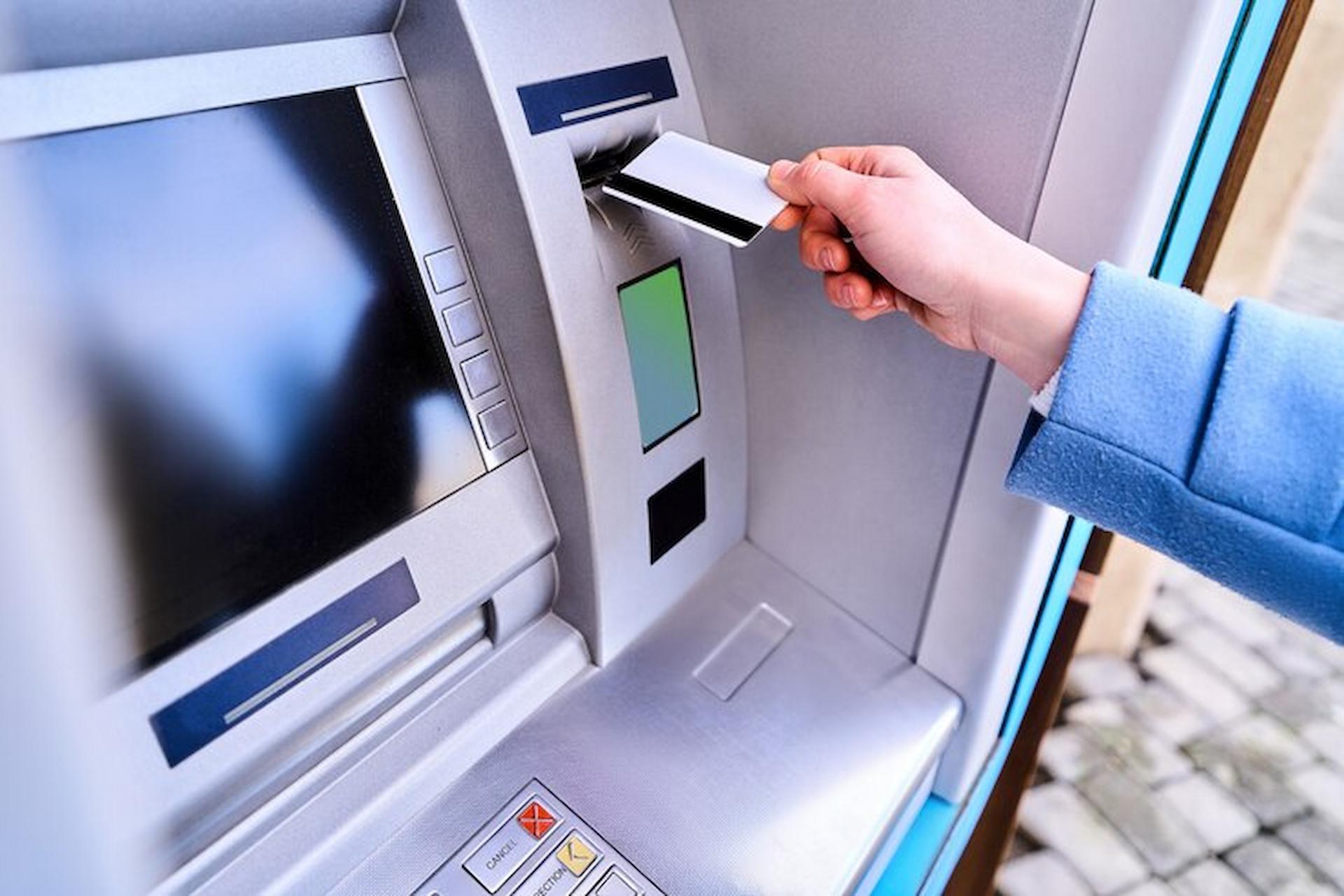In modern business, the decision to invest in an ATM machine isn’t merely about providing convenience to customers—it’s a strategic financial move. But the crucial question is whether to buy an ATM outright or opt for a placement service. This blog explores this decision, delving into insights about ATM processing, profitability, and the factors to consider for a lucrative choice.
Understanding the Dynamics of Owning an ATM
Owning an ATM outright provides autonomy and control. You manage everything from the machine’s placement to transaction fees. However, it requires an initial capital investment, including purchasing the machine, installation, and ongoing maintenance costs. The revenue potential, though, lies in the surcharge fees. Analyse foot traffic and transaction volume to estimate potential earnings.
The Allure of Placing ATMs: A Passive Revenue Stream
Choosing to place an ATM through a service provider removes the burden of upfront costs and maintenance. The service typically covers installation, upkeep, and even cash replenishment. However, the revenue stream differs. You may receive a portion of the surcharge fees, a smaller percentage than owning the ATM outright. Evaluate contracts carefully, considering the long-term financial implications.
ATM Processing Insights: Maximizing Profitability
Efficient ATM processing is the bedrock of profitability. Explore different processing networks and their associated fees. Understanding the transaction process, including interchange fees, network fees, and processing costs, is crucial. Negotiating favourable terms with processing partners can significantly impact your bottom line. Additionally, optimising ATM location and ensuring accessibility boosts transaction frequency.
Factors Influencing the Decision: Cost-Benefit Analysis
Perform a comprehensive cost-benefit analysis. Consider initial investment, ongoing maintenance, transaction volume, and revenue distribution. Evaluate potential risks, such as vandalism or technological advancements impacting machine relevance. Assess the business’s foot traffic and demographics to gauge the potential demand for ATM services. A detailed SWOT analysis aids in making an informed decision.
Conclusion
Buying an ATM or opting for placement services isn’t one-size-fits-all. It hinges on financial capability, operational bandwidth, and long-term objectives. Owning an ATM offers control and potentially higher revenue but requires substantial initial investment. Placing ATMs through service providers reduces upfront costs but may yield lesser returns. The key lies in analysing your business’s needs, financial standing, and growth projections.
In conclusion, whether to buy an ATM or not is a strategic business decision. Understanding the nuances of ATM processing revenue models and conducting a meticulous cost-benefit analysis are paramount. Businesses must weigh the pros and cons to align their decisions with their goals. Ultimately, the right choice optimises revenue streams and enhances customer convenience.
Investing in ATMs is not just about machines; it’s a strategic move shaping financial landscapes and customer experiences.
Crafting a comprehensive guide on the business decisions surrounding ATMs was a rewarding challenge! If you need more insights or have other questions, I’m here to help.





Choosing between placing ATMs or owning them involves careful consideration. Placing ATMs might offer convenience without maintenance hassles, but owning grants control and potential revenue. Factors like location, foot traffic, and operational costs should guide the decision. Investing in owned ATMs could yield higher returns over time, while placed ATMs offer immediate accessibility. Ultimately, the choice depends on business goals and long-term strategies.